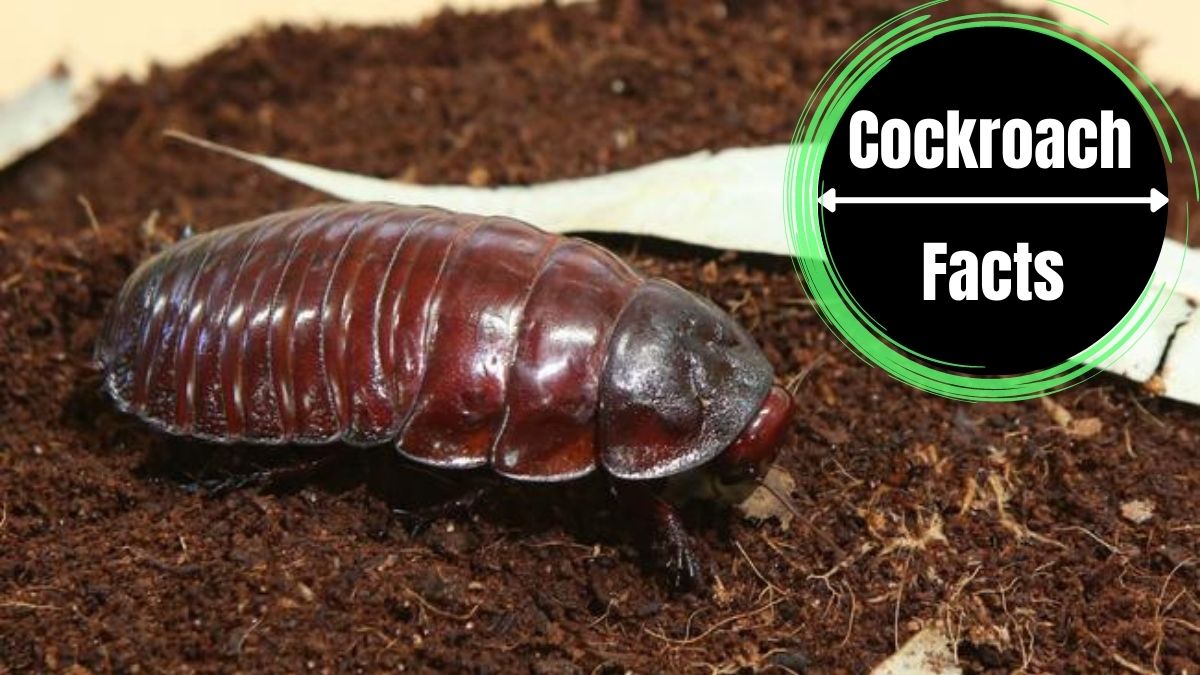Composting is a fantastic way to reduce waste and create nutrient-rich soil for your garden. However, sometimes compost piles can become attractive breeding grounds for unwanted pests, such as cockroaches. These resilient insects can thrive in the warm, moist environment of a compost heap. To maintain a healthy composting system and minimize the presence of cockroaches, it is crucial to implement preventive measures and strategies.
Prevention is Key
Proper compost bin design
To prevent cockroaches from accessing your compost, choose a closed composting system or an enclosed compost bin with a secure lid. Ensure the bin is made of sturdy material, such as metal or thick plastic, with no gaps or holes that cockroaches can squeeze through.
Site selection
Place your compost bin in a well-drained area away from your house or any structures to deter cockroaches from migrating indoors. Additionally, avoid shady areas, as cockroaches prefer warm and humid environments.
Balance carbon-to-nitrogen ratio
Maintain a proper balance between carbon-rich “browns” (e.g., dried leaves, wood chips, and straw) and nitrogen-rich “greens” (e.g., kitchen scraps, grass clippings) in your compost pile. Avoid adding excessive amounts of high-nitrogen materials, as they can create an attractive environment for cockroaches.
Regularly turn the compost
Aerate and turn the compost pile regularly to create an inhospitable environment for cockroaches. Turning the pile mixes the materials and exposes the cockroaches to light, air, and heat, making it harder for them to establish a stable population.
Cockroach Management Techniques
Inspection
Periodically inspect your compost pile for signs of cockroach activity, including droppings (dark cylindrical pellets), egg casings (small, oval-shaped capsules), and the presence of live cockroaches. Take note of any potential entry points or cracks in the compost bin that may need sealing.
Exclusion and sealing
Seal any gaps or openings in the compost bin with caulk, mesh screens, or weather stripping to prevent cockroaches from entering or escaping. Ensure that the compost bin’s lid fits tightly and has no gaps.
Optimal composting conditions
Maintain a proper moisture level in your compost pile. Cockroaches are attracted to damp environments, so avoid overwatering the compost. Keep the pile well-aerated by turning it regularly to discourage cockroach infestation.
Natural deterrents
Incorporate natural cockroach deterrents into your compost pile, such as citrus peels, eucalyptus leaves, or mint sprigs. These strong-smelling materials may repel cockroaches.
Beneficial insects
Introduce beneficial insects like predatory beetles or wasps to your compost pile. These insects feed on cockroach eggs and nymphs, helping control the cockroach population naturally.
Remove infested materials
In case of a severe infestation, remove the affected materials from the compost pile and destroy them to prevent the cockroaches from spreading.
Additional Tips and Considerations
- Avoid adding meat, dairy products, or greasy materials to your compost pile, as these can attract cockroaches.
- Chop or shred large materials into smaller pieces to accelerate the decomposition process and discourage cockroach nesting.
- Monitor and maintain the compost pile regularly to ensure proper conditions and early detection of any cockroach activity.
- If you have a persistent cockroach problem, consider seeking professional pest control assistance.
By following these preventive measures and management techniques, you can effectively control and minimize cockroach populations in your compost pile. Enjoy the benefits of composting while keeping unwanted pests at bay, creating a healthy and productive composting system for your garden.

